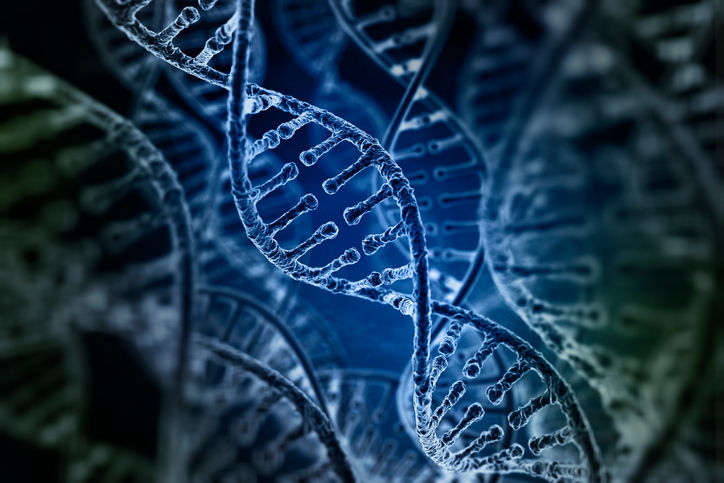Article by Dr. Raghuram YS MD (Ay) and Dr. Manasa S, BAMS
Vajikarana is not just a therapy, but it is one eighth of Ashtanga Ayurveda: eight times Ayurveda. Therefore, it is one of the eight elite branches of Ayurveda. It’s not just about sexology or reproductive science; It is a comprehensive system in itself and has preventive and curative facets.
In a nutshell, Vajikarana is an exclusive therapy aimed at correcting and preventing sexual and reproductive disorders and strengthening and fortifying the reproductive system.
Vajikarana Therapy, whether medicinal or non-medicinal, would be highly effective if and only if it is administered after carrying out proper purification of the body and mind of the person through comprehensive Panchakarma Therapies. So, Shodhana, i.e. purificatory methods including Panchakarma Therapies, form important and obligatory Purvakarmas – ‘pre-operative procedures’ for carrying out Vajikarana Therapies. The same Panchakarma Therapies are also important Purvakarmas for Rasayana Therapy, which is the other eighth part of Ashtanga Ayurveda.
Acharya Charaka has emphasized on the same and has included Panchakarma Therapies as obligatory Purvakarma for the same.

Ref – Charaka Samhita Chikitsa Sthana, Chapter 2 (Samyoga Saramuliya Vajikarana Pada), Quarter 4, Verses 50-51 (Cha.Chi.2.4/50-51)
Panchakrama: A mandatory purvakarma for Vajikarana Therapy
स्रोतःसु शुद्धेष्वमले शरीरे वृष्यं यदा ना मितमत्ति काले|
More information||५०||
तस्मात् पुरा शोधनमेव कार्यं बलानुरूपं न हि वृष्ययोगाः|
More information यथा वाससि रागयोगाः||५१||
Acharya says: ‘Vajikarana medicines/prescriptions taken at the right time and in the right quantity, by a person whose srotas (circulation channels in the body have been cleansed by proper Panchakarma therapies) will induce and promote vrushyatva (virility and aphrodisiac effect and action), brimhana (nutrition and volume promotion) and bala (strength, stamina and immunity) in the individuals. definitely’.
He further adds and says: ‘Therefore, the Panchakarma purificatory therapies should be administered to the person who is about to take the Vajikarana medicines. Panchakarma procedures should be done to purify your body from impurities, morbid and mala doshas and should be administered according to the strength of the person. Administration of Shodhana/Panchakarma is mandatory and must be done before administering Vajikarana medicines.
Acharya Charaka makes this concept easy to understand by explaining the need for Panchakarma cleansing therapies with the help of an analogy.
The analogy is as follows:
‘A painting done on a dirty cloth or canvas is not colored properly and the painting does not look attractive. Similarly, Vajikrana Medicine administered on an impure body, that is, the body that has not been purified of its impurities, doshas and maladies by administration of Panchakarma Therapies, would definitely not produce the desired results.
Summary and discussion
All the dhatus – tissues are formed, nourished and maintained by the srotas – channels related to them. Shukra Dhatu is also formed, nurtured and maintained by the Shukravaha Srotas.
Therefore, these channels must be free of damage or obstruction so that the shukra dhatu is maintained in optimal quantity and for its quality to be optimal.
To do this, the channels must be kept in good condition or restored by removing the obstructions they contain. To achieve this, Panchakarma Therapies must be administered when necessary.
Once the body and channels are cleansed by administering Shodhana/Panchakarma Therapies, the person should be administered Vajikarana medicines/prescriptions.
Vajikarana medicines administered in a clean and healthy body will be utilized at optimal levels and therapeutic benefits will be obtained at best levels. Apart from the Vajikarana effect, these medicines would also give the Brimhana and Balya effect, as already explained.
Shukra Dhatu is the last tissue formed in the tissue formation chronology as explained in Ayurveda. Therefore, the precursor dhatus must also be formed in good quantity and quality if Shukra Dhatu needs to be formed in the best way. So the health of shukra dhatu depends on the health of all other dhatus. Ojas, which determines immunity, being the essential product of all tissues, is considered upadhatu, subtissue or derivative of Shukra Dhatu. Panchakarma measures administered before Vajikarana Therapies will cleanse all the channels of the body and help in the formation of good quality and quantity of tissues and therefore help in the formation of good quality and quantity of shukra.
The source of dhatus is ahara – the food we consume. Ahara Rasa – nutritious juice is formed when the food we consume is properly digested by a ‘balanced agni’ – the digestive fire. This ahara rasa helps in the formation of dhatus. The ahara rasa is converted into dhatus through the respective dhatu agnis, that is, fires located in the tissues. These fires survive and are in an optimal functional state thanks to the support and feedback of the Agni core in the intestine. If the digestive fire is weak, ama is formed due to improper digestion of food. This will cause blockages in the srotas and interfere with tissue formation. Deepana, Pachana, Snehana and Swedana Therapies administered before Panchakarma Therapies would help address agni and ama. Panchakarma procedures would expel the morbid doshas from the body. All of these interventions would collectively help keep the body’s channels clean, clear, open and healthy. This will help in proper transportation of Vajikarana medicines to the place of action i.e. reproductive system and thus its objectives will be fulfilled.



